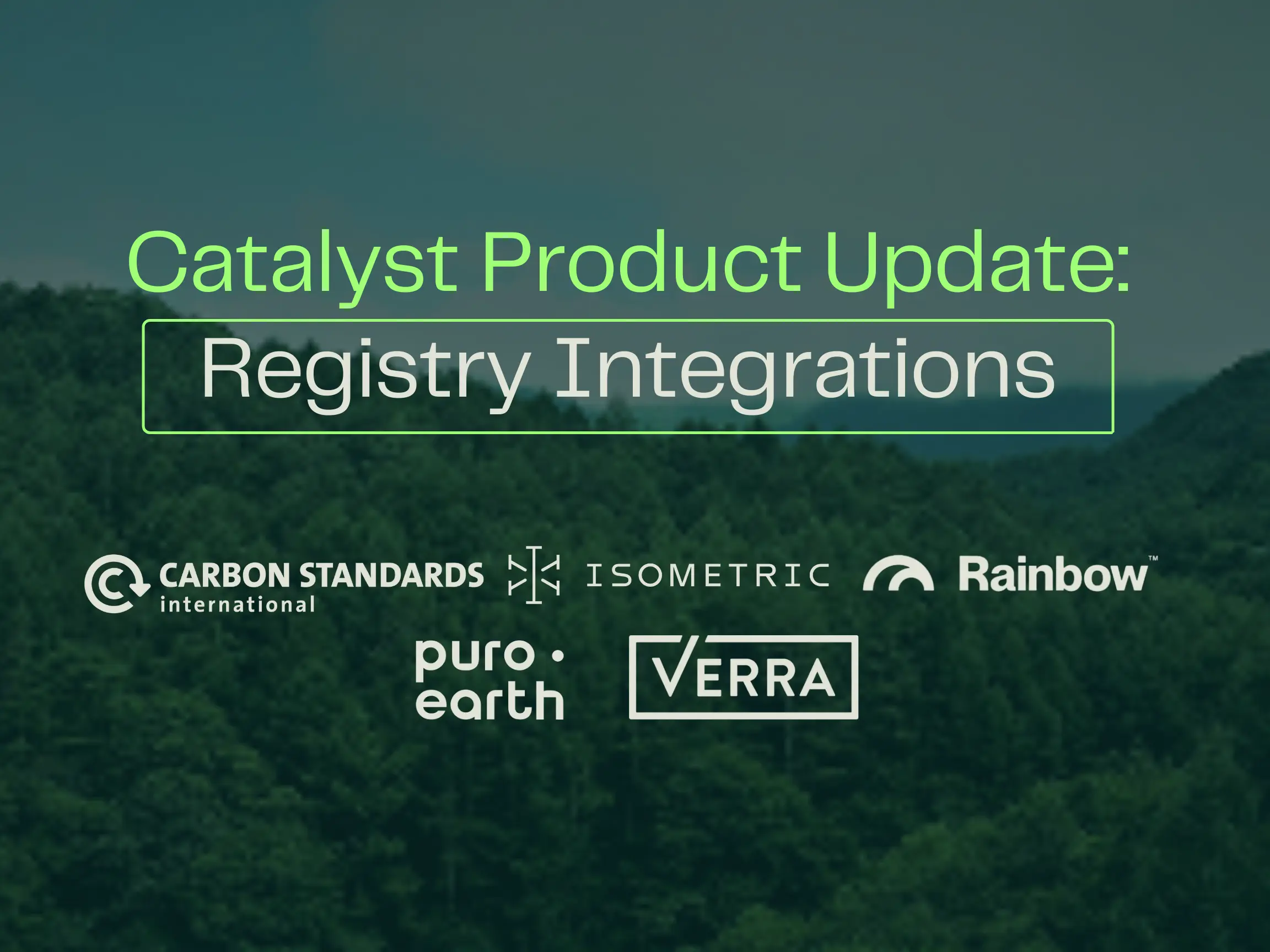In recent times, there is an increasing trend of regulators and climate activists calling out companies for greenwashing. In 2022, the Australian Securities and Investments Commission fined an energy firm for making misleading claims on carbon-neutral electricity and gas-to-power plant as low-carbon. The US SEC has also fined asset managers on ESG funds that did not meet sustainability criteria as advertised. Proposed SEC rules call for mandatory disclosures on Scope 1, 2 and 3 emissions and we can expect a barrage of claims on climate-friendliness to follow. Companies should know the correct terms to use and learn the nuances of the claims being made.
What is carbon-neutral vs. net zero vs. zero carbon vs. carbon negative?
Why are there so many terms? Don’t they all mean the same? In fact, they don’t. With increasing scrutiny on every green claim made by an organization, it is imperative for companies to understand these nuances even before embarking on their climate-positive journeys.
Carbon-neutral: A company, product, or part of a process can be carbon-neutral if the company measures the carbon emissions associated with the specific product/process and takes action to offset the emissions with high-quality carbon credits. If you can use carbon removals, that’s even better. For example, when you choose to make your shipping carbon-neutral, it means the emissions from the act of shipping have been calculated accurately and compensated using carbon offsets or removals, both of which lead to lower total emissions.
Net Zero: Companies have made ambitious Net Zero commitments and typically have their targets validated by organizations like the Science Based Targets Initiative (SBTi). Net Zero emissions refer to zero emissions from CO2 and other greenhouse gases like methane and nitrous oxide. Therefore, when a company decarbonizes its operations to reach Net Zero, it emits no greenhouse gases after neutralization.
Zero Carbon: When no carbon has been released in any stage of the creation of the product, the product can be called ‘zero carbon.’ It means there were no Scope 1, 2, or 3 carbon emissions associated with the product. Zero carbon can be challenging to achieve, given our dependence on carbon-intensive energy and transportation choices today.
Carbon negative: This means the company is compensating beyond the measured emissions from a process or product with high-quality carbon credits like those provided by Cloverly. It also means the product captures or avoids more carbon than it emits.
Plans to decarbonize and reduce carbon emissions in the long-term need to go hand-in-hand with claims of carbon neutrality and carbon negativity. Companies can claim Net Zero and zero carbon only after achieving complete decarbonization.
Zooming out from those constructs, the biggest take away is that you can work on your long-term Net Zero and emissions reduction plans while simultaneously investing in carbon credits that impact the world. As the IPCC report (Apr 2022) says, there is no scenario where we can achieve 1.5 degrees C warming without long-term carbon removals, and our role in scaling removals starts today. If you have any questions on how to make the right claims, we are happy to answer them.






.png)
.png)



